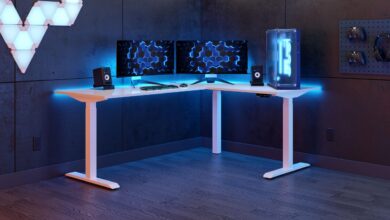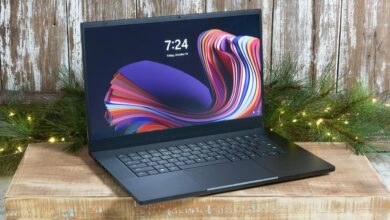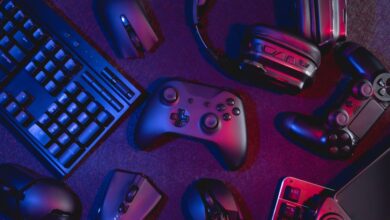Gaming PC Build Guide for Best Experience in Gaming
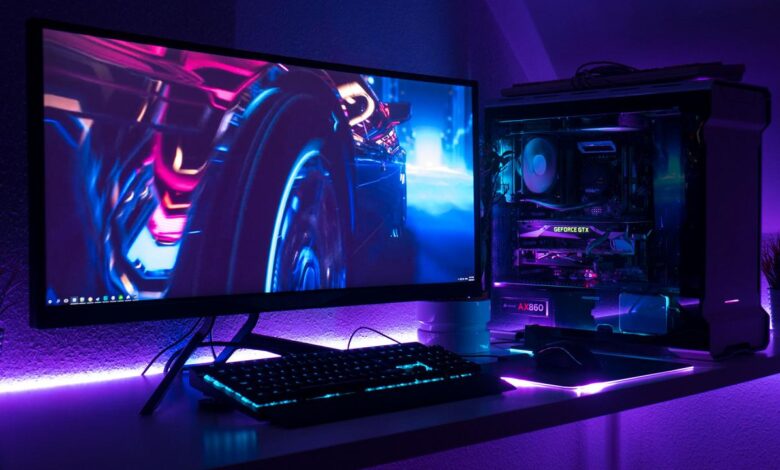
In the fast-paced world of 2025, building a gaming PC is a rite of passage for serious enthusiasts. A pre-built machine might be convenient, but for true performance, customization, and a profound understanding of your hardware, a self-built PC is the ultimate prize. It’s a project that transforms you from a passive consumer into a creator, giving you the power to choose every single component, optimize it for your specific needs, and have a machine that is uniquely your own. But for many, the world of PC building can feel like a daunting maze of technical jargon, compatibility issues, and budget constraints. This comprehensive guide will demystify the entire process, providing a clear and actionable blueprint for the best PC gaming builds. We’ll take you on an in-depth journey through every critical component, from the CPU and GPU to the motherboard and cooling system. By the end of this article, you will have the knowledge and confidence to build a high-performance machine that is not only powerful but also a source of pride and accomplishment.
The Foundational Principles of Building
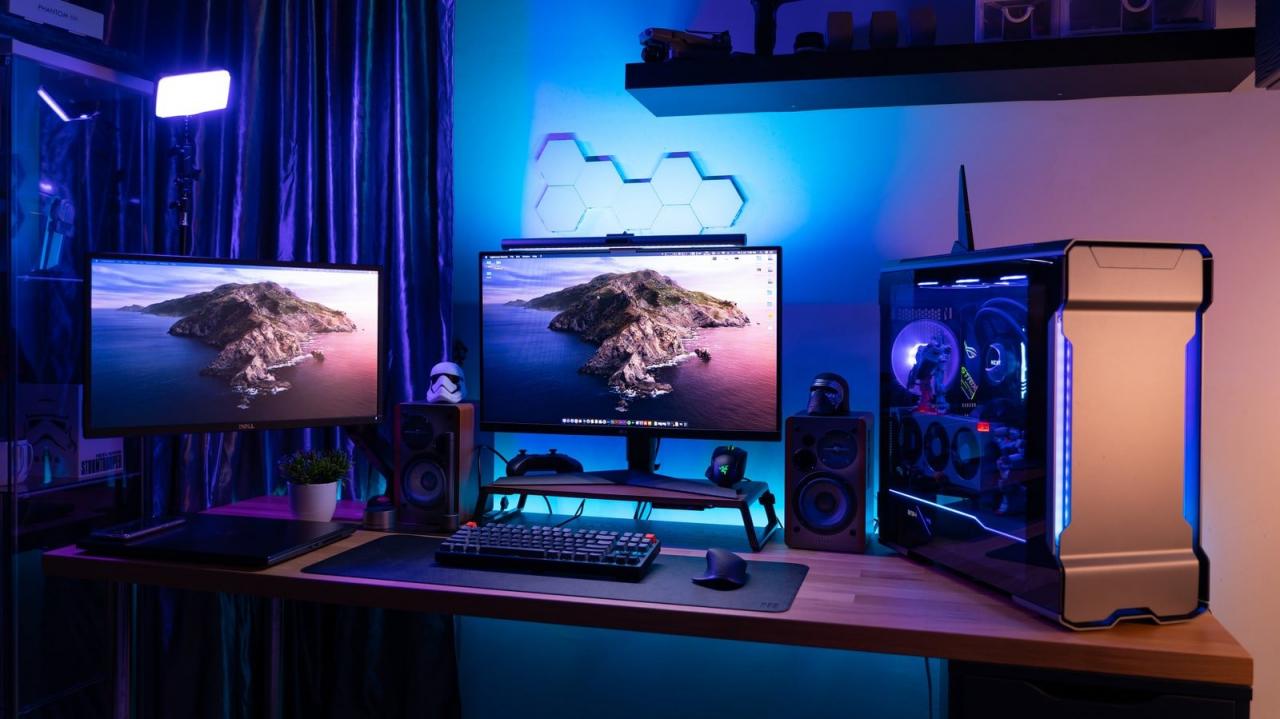
Before you even look at a single component, it’s crucial to understand the core principles that will guide your build. A successful PC is not a random collection of parts; it’s a symphony of components that work together in perfect harmony.
A. The Golden Rule
Your budget is the single most important factor in your build. A clear budget will help you prioritize your components and avoid overspending. Before you start, ask yourself:
- What’s Your Budget? Be realistic. A high-end 4K gaming rig will cost significantly more than a 1080p esports machine. A clear budget will help you make a trade-off, for example, between a slightly better CPU and a faster GPU.
- What’s Your Purpose? Are you building a PC for competitive esports at 1080p? Are you a streaming and content creation enthusiast who needs to multitask? Or are you a single-player gamer who wants to play the latest AAA titles in glorious 4K? Your purpose will dictate your component choices, especially the GPU.
B. The Core Principle
A bottleneck occurs when one component limits the performance of another. For example, a slow CPU can’t send data to a super-fast GPU quickly enough, causing the GPU to sit idle and your frame rate to drop. The goal of a good build is to create a balanced system where no single component is holding the others back. This means a powerful GPU should be paired with a CPU that is capable of keeping up, and a high-end CPU should be paired with a motherboard that can support it.
C. The Ecosystem
For decades, the PC world has been defined by the rivalry between AMD and Intel for CPUs, and between AMD and NVIDIA for GPUs. Both companies offer excellent products, and the choice often comes down to budget, specific features, and personal preference.
- CPUs: Both AMD and Intel offer powerful CPUs for every budget. AMD’s Ryzen series is known for its high core count and great multitasking performance, while Intel’s Core series is known for its high clock speeds and excellent single-core performance.
- GPUs: Both AMD and NVIDIA offer powerful GPUs for every resolution. NVIDIA’s GeForce series is known for its advanced features like Ray Tracing and DLSS, while AMD’s Radeon series is known for its strong price-to-performance ratio.
The Core Components
These are the essential components that form the heart of your PC. Making the right choices here will determine its performance and its future upgradeability.
A. The Processor (CPU)
The CPU is the central processing unit, the engine that performs all the calculations.
- Core Count: A higher core count is beneficial for multitasking, streaming, and creative work. For a pure gaming PC, a CPU with 6-8 cores is often more than enough.
- Clock Speed: The clock speed determines how many calculations a single core can perform per second. A higher clock speed is beneficial for games that rely on single-core performance.
- Intel Core vs. AMD Ryzen: Your choice of CPU will determine your choice of motherboard, as they use different sockets. Do your research to see which CPU offers the best performance for your budget and your needs.
B. The Graphics Card (GPU)
The GPU is the single most important component for a gaming PC. Its power is measured in VRAM and its ability to render frames per second (fps).
- Resolution and VRAM: The resolution you play at will dictate the VRAM you need. For 1080p, 8GB of VRAM is often enough. For 4K, 12GB or more is a must.
- Ray Tracing and DLSS: NVIDIA’s GPUs have a feature called Ray Tracing that creates realistic lighting and reflections. They also have DLSS, an AI upscaling technology that can significantly boost your frame rate. AMD’s FSR is a similar technology that is also very effective.
C. The Motherboard
The motherboard is the circuit board that connects all the components together. It is not a performance part, but it is the foundation for your entire build.
- Compatibility: Ensure your motherboard is compatible with your CPU. An AMD CPU requires an AMD motherboard (e.g., B550 or X570), while an Intel CPU requires an Intel motherboard (e.g., Z690 or B660).
- Connectivity: Look for a motherboard with enough USB ports, M.2 slots for storage, and PCIe slots for your GPU and other expansion cards.
The Supporting Components

These components are what tie the core components together and ensure a smooth and reliable experience.
A. The Memory (RAM)
RAM (Random Access Memory) is where your PC stores the data it is actively working on.
- DDR4 vs. DDR5: The latest generation of RAM is DDR5, which is significantly faster than the previous generation, DDR4. However, DDR4 is still a great choice for a budget build and is more than enough for most games.
- Speed and Latency: The speed of your RAM is measured in MHz. A higher speed is better. Latency (CL) is a measure of the delay in your RAM’s response time. A lower latency is better.
B. The Storage
Storage is where your operating system, applications, and games are stored.
- Solid State Drive (SSD): An SSD is a must-have for any gaming PC. They are significantly faster than a traditional hard disk drive (HDD), and they will make your PC feel much more responsive.
- NVMe SSDs: For the best performance, use an NVMe SSD that plugs directly into your motherboard’s M.2 slot. They are significantly faster than a SATA SSD and are a must-have for a high-end build.
C. The Power Supply Unit (PSU)
The PSU is the component that supplies power to all the other components. It is not a part you should cheap out on, as a low-quality PSU can cause a system to be unstable or even damage your components.
- Wattage: Ensure your PSU has enough wattage to power all your components, with a little extra for future upgrades. A 750W or 850W PSU is often a good starting point for a mid-range build.
- 80 Plus Rating: Look for a PSU with an 80 Plus rating (Bronze, Silver, Gold, Platinum, Titanium). This indicates its energy efficiency. A higher rating means less wasted energy and a lower electric bill.
The Cooling and Aesthetics
These components are what keep your PC cool and give it a unique personality.
A. The Case
The case is the home for all your components. It should have good airflow, enough room for your components, and a look that you love.
- Airflow: Look for a case with a mesh front panel and enough room for a few fans. Good airflow will ensure your components stay cool, which will prolong their lifespan and prevent thermal throttling.
- Cable Management: A good case will have channels and tie-down points for cable management. A clean and tidy build is not just for looks; it also improves airflow.
B. The Cooling
A powerful PC generates a lot of heat. Good cooling is essential for preventing thermal throttling and for prolonging the life of your components.
- CPU Cooler: A stock CPU cooler that comes with your CPU is often enough for a budget build, but a high-end CPU will need a more powerful cooler.
- Case Fans: The case fans move air through your case, cooling all your components. A good rule of thumb is to have more intake fans than exhaust fans to create a positive air pressure, which will prevent dust from entering your case.
- Liquid Cooling: For a high-end build, a liquid cooler (AIO) is an excellent choice. It is more effective at cooling and looks great in a showpiece build.
The Final Step
Building a PC is a methodical and rewarding process.
- Gather Your Tools: All you need is a Phillips-head screwdriver, a pair of wire cutters, and a set of cable ties. A magnetic screwdriver is also a great tool to have.
- Follow the Instructions: Every component comes with a set of instructions. Read them carefully and follow them step-by-step.
- Take Your Time: Building a PC can be a long process. Take your time, don’t rush, and enjoy the journey.
Conclusion
Building a gaming PC is a journey that will transform you from a passive gamer to a master of your own machine. It is a process that requires a strategic approach, a careful selection of components, and a commitment to a long-term vision. This guide has provided you with a comprehensive blueprint for that journey, from the foundational principles of budgeting and purpose to the final step of putting all the components together.
The result of your hard work is a powerful, high-performance machine that is a source of pride and accomplishment. It is a PC that is not only capable of running the latest games at the highest settings but is also a reflection of your own creativity and ingenuity. The world of PC gaming is an exciting one, and with this guide, you are now equipped to build the ultimate machine for your next adventure. The journey begins with the first component, and the reward is a machine that is uniquely your own.

